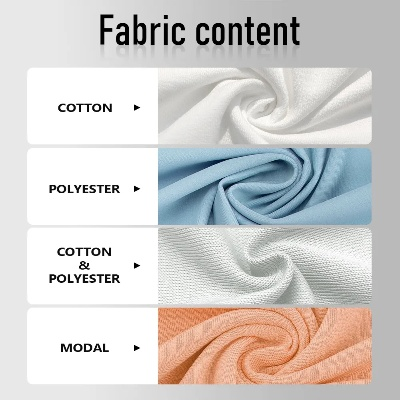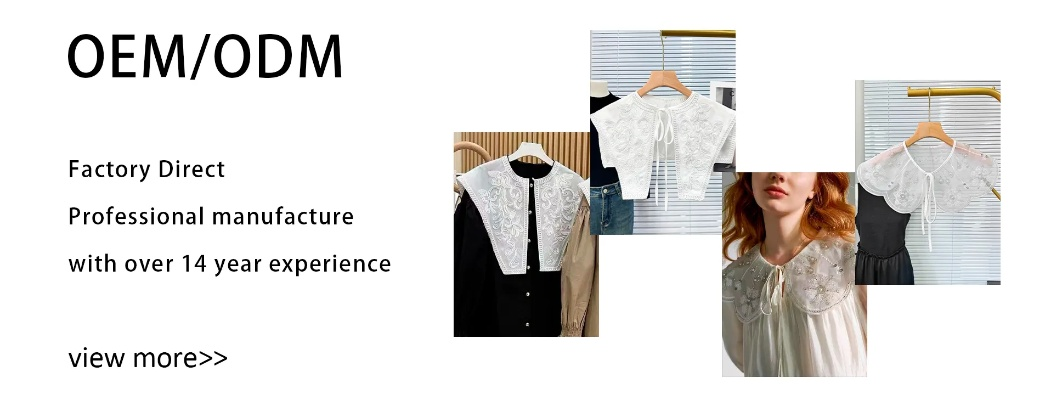Textile Odor Testing Overview
The textile odor testing is a crucial aspect of the quality control process in the textile industry. This paper provides an overview of the textile odor testing methodologies, including the use of olfactory evaluations, sensory evaluations, and chemical analysis methods. The objective of odor testing is to identify any potential odor-related issues that may affect the product's appeal and consumer acceptance. The testing procedures involve subjecting the samples to various odor compounds, such as fragrances or chemicals, and evaluating their intensity and characteristics using olfactory evaluations and sensory evaluations. Additionally, chemical analysis methods are used to identify any odor-related compounds present in the samples. Overall, the textile odor testing is essential for ensuring the quality and safety of textile products, and it plays a critical role in promoting consumer confidence and satisfaction.
Introduction Textiles, whether they are clothing, upholstery, or industrial fabrics, play a crucial role in our daily lives. However, the presence of odors can be unsettling and even unhealthy for some individuals. This presentation aims to provide an overview of textile odor testing, including its importance, methods, and practical applications.

Importance of Odor Testing in Textiles Odors can originate from various sources within textiles, such as dyes, chemicals used during manufacturing, or natural fibers like wool or cotton. When these odors become pervasive or unpleasant, it becomes necessary to conduct odor testing to identify the source and assess the impact on the user's comfort and well-being.
Types of Odors in Textiles
- Natural Odors: These are inherent characteristics of certain types of fibers, like the scent of wool or the aroma of silk.
- Chemical Odors: These arise from the use of chemicals during manufacturing, such as dyes, pigments, or preservatives.
- Stress Odors: These emanate from areas where stresses build up over time, like creases or wear marks on clothing.
- Excessive Odors: These are caused by excessive use of fragrances or detergents, which can lead to skin irritation or respiratory problems.
Methods for Odor Testing There are several methods for odor testing textiles, each with its advantages and limitations. The most common methods include:
- Sampling Techniques: This involves collecting small samples of the textile and exposing them to known odor sources. This method is useful for identifying specific odors but requires careful sampling to avoid contamination.
- Gas Chromatography (GC) and Gas Chromatography Mass Spectrometry (GC-MS): These techniques are used for analyzing complex mixtures of volatile organic compounds (VOCs) that may contribute to odors in textiles. They are highly sensitive and can detect low concentrations of odorants.
- Sensory Analysis: This involves evaluating the perceived odor of textiles using trained sensory panels. It is a subjective method but can provide valuable insights into the overall quality and acceptability of textiles.
- Statistical Methods: These involve using statistical models to analyze large datasets of odor measurements and identify patterns and correlations between different factors.
Practical Applications of Odor Testing The results of odor testing can have significant implications for manufacturers, retailers, and consumers. Here are a few examples:
- Manufacturer Quality Control: Odor testing helps manufacturers identify potential issues early on in production, allowing for corrective actions to prevent defective products from reaching the market.
- Retailer Decision Making: Retailers use odor testing to ensure that their inventory meets consumer expectations and preferences. This includes selecting fabrics based on their perceived freshness and cleanliness.
- Consumer Protection: Odor testing ensures that consumers are not exposed to harmful substances or chemicals in textiles. It also helps identify products that may cause allergic reactions or respiratory problems.
- Regulatory Compliance: Many countries have regulations requiring textile manufacturers to test their products for odors before marketing them to consumers. Odor testing is essential for meeting these requirements and ensuring product safety and quality.
Conclusion Odors in textiles can have both positive and negative effects on the user's experience. By conducting thorough odor testing, manufacturers, retailers, and consumers can make informed decisions about the quality and safety of textile products. With advancements in technology and research, we can expect to see more effective and efficient methods for odor testing in the future, ultimately leading to better textile products for everyone.
纺织品异味测试概述
今天我们将一起探讨纺织品异味测试的重要性及其在纺织品质量控制中的关键作用,本课件将通过丰富的案例和图表,详细介绍纺织品异味测试的方法、流程以及注意事项。
纺织品异味测试方法
测试目的
纺织品异味测试旨在评估纺织品在特定环境条件下可能产生的异味,以确保产品的舒适性和安全性。
测试步骤
(1)样品准备:选择具有代表性的纺织品样品,确保样品具有足够的代表性。 (2)气味采集:使用专业的气味采集设备,在特定环境下采集样品的气味。 (3)仪器使用:使用专业的纺织品异味测试仪器进行测试。 (4)数据分析:通过数据分析软件对采集到的气味数据进行处理和分析。

案例分析
纺织品异味测试实例
某品牌的新款床上用品在上市前需要进行异味测试,经过测试,发现该产品存在轻微的异味,可能与生产过程中的某些环节有关,为了确保产品的舒适性和安全性,该品牌决定进行进一步的异味测试。
测试步骤如下:
(1)样品准备:选择该品牌床上用品样品。 (2)气味采集:在特定的室内环境下,使用专业的气味采集设备采集样品的气味。 (3)仪器使用:使用专业的纺织品异味测试仪器进行测试,测试结果显示,该产品存在轻微的霉味。
纺织品异味测试改进措施
为了进一步提高纺织品异味测试的准确性和可靠性,可以采取以下改进措施:
(1)增加样品数量:扩大样品采集范围,确保样品具有足够的代表性。 (2)优化采集环境:选择更适宜的气味采集环境,确保采集到的气味数据更加准确。 (3)使用高级仪器:选择更高精度的纺织品异味测试仪器,提高测试结果的准确性。
纺织品异味测试注意事项
- 选择合适的样品和采集环境:确保样品具有足够的代表性,同时选择适宜的气味采集环境。
- 使用专业的纺织品异味测试仪器:确保使用的仪器具有准确性和可靠性。
- 注意测试过程中的细节问题:如采样时间、采样频率等,确保测试结果的准确性。
- 注意数据分析过程:使用专业的数据分析软件对采集到的气味数据进行处理和分析,确保分析结果的准确性。
英文表格补充说明
以下是英文表格,用于进一步说明纺织品异味测试的相关内容:
| 术语 | 英文解释 | |
|---|---|---|
| 纺织品异味测试目的 | 目的在于评估纺织品在特定环境条件下可能产生的异味 | 确保产品的舒适性和安全性 |
| 测试步骤 | 样品准备、气味采集、仪器使用、数据分析 | 具体步骤详见课件内容 |
| 案例分析 | 新品床上用品异味测试实例 | 为其他纺织品质量控制提供参考 |
| 改进措施 | 提高样品数量、优化采集环境、使用高级仪器 | 以提高测试准确性和可靠性 |
| 注意事项 | 选择合适的样品和采集环境、使用专业的纺织品异味测试仪器、注意细节问题 | 以确保测试结果的准确性 |
| 相关术语表 | 无 | 可参考课件中的相关术语表进行了解 |
本课件通过丰富的案例和图表,详细介绍了纺织品异味测试的方法、流程以及注意事项,希望能够帮助大家更好地理解和掌握纺织品异味测试的相关知识,为提高纺织品的质量和安全性提供有力支持。
Articles related to the knowledge points of this article:
Shanghai Jia Lan Textiles A Gateway to Luxury and Quality
Explore the Value of Discount Textiles at Beichuan Discount Textile Wholesale
Embracing Innovation in Textiles:The Story of Jinde Noble Textiles
The State-of-the-Art in Nanning Textile Inspection:A Comprehensive Analysis



